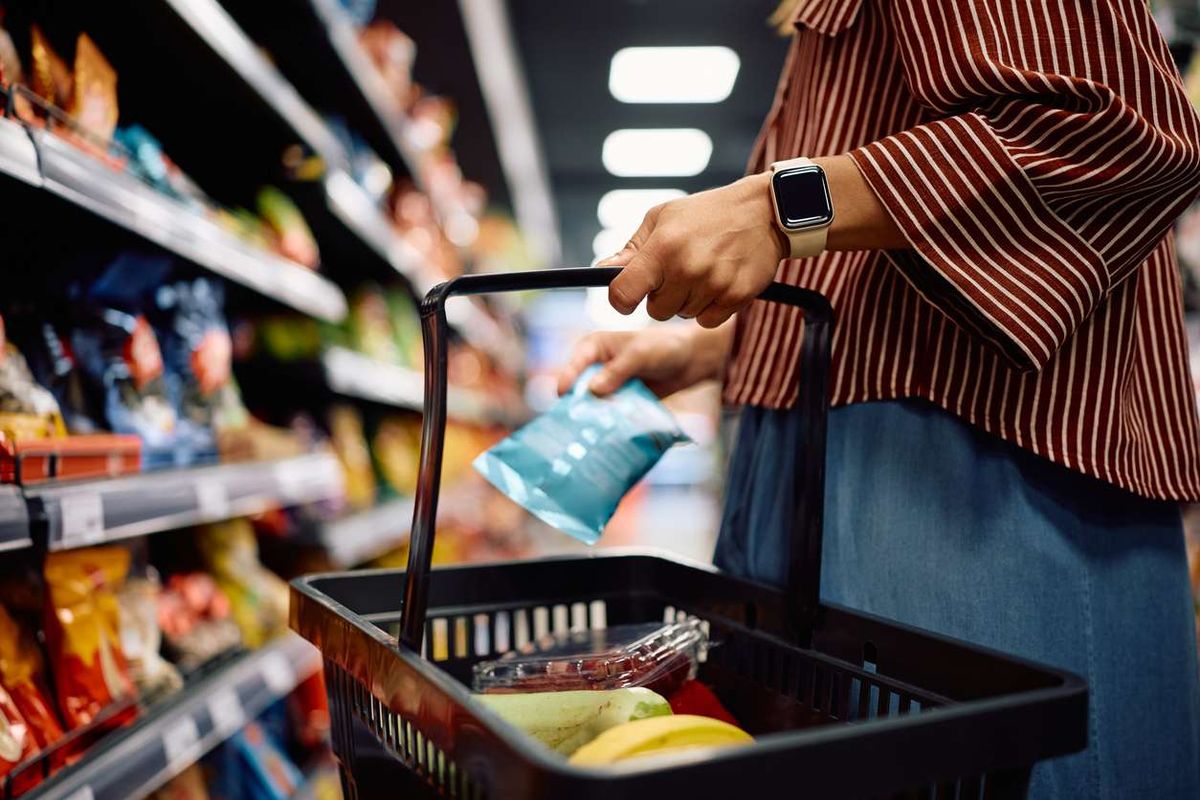UK retail sales rose modestly in September as higher food prices and the launch of new Apple products helped offset weaker clothing and non-food demand, according to the latest figures from the British Retail Consortium (BRC) and KPMG.
Total retail sales increased by 2.3 per cent year on year in the five weeks to 4 October 2025, slightly ahead of the 2 per cent growth recorded in September 2024 and above the 12-month average of 2.1 per cent. However, much of the uplift was driven by inflation rather than volume growth, with spending patterns reflecting continued consumer caution.
Food sales rose 4.3 per cent, outpacing last year’s 2.3 per cent increase, as persistent food inflation pushed up basket values. Non-food sales were far weaker, rising just 0.7 per cent, below the 12-month average of 0.9 per cent, as mild weather deterred shoppers from updating their autumn wardrobes.
Online non-food sales edged up 1 per cent, well below the 3.4 per cent growth seen a year ago, although online penetration increased slightly to 37.6 per cent of total non-food sales.
Helen Dickinson, chief executive of the BRC, said the overall slowdown reflected the financial pressures households continue to face as the government’s Autumn Budget approaches. She warned that uncertainty over business rates and a possible new surtax was weighing heavily on retailers’ investment and hiring plans.
“The future of many large anchor stores and thousands of jobs remains in jeopardy while the Treasury keeps the risk of a new business rates surtax on the table. By exempting these shops when the Budget announcements are made, the Chancellor can reduce the inflationary pressures hammering businesses and households alike,” she added.
Linda Ellett, UK Head of Consumer, Retail & Leisure at KPMG, said consumer spending remained highly selective, despite signs of resilience in some categories.
“Non-food sales are only growing by around 1.2 per cent on average, indicating that spending continues to be very targeted as consumers remain cautious,” she said. “As we enter the golden quarter, retailers are planning ranges and promotions to try and lift sales while watching the Budget closely for clarity on business rates reform.”
In the food and drink sector, IGD chief executive Sarah Bradbury said grocery sales growth continued to be largely price-led, with younger, more affluent consumers driving limited confidence in urban markets.
“Grocery value growth maintained strong year-on-year increases in September, driven by food price inflation, which remains stubbornly high. Grocery volumes continued to be sluggish with household budgets under pressure, following the steady inflation rise since the start of the year,” she said.
“Despite early price cuts by retailers, ongoing speculation surrounding the Autumn Budget announcements may temper shopper sentiment ahead of the festive period.”


